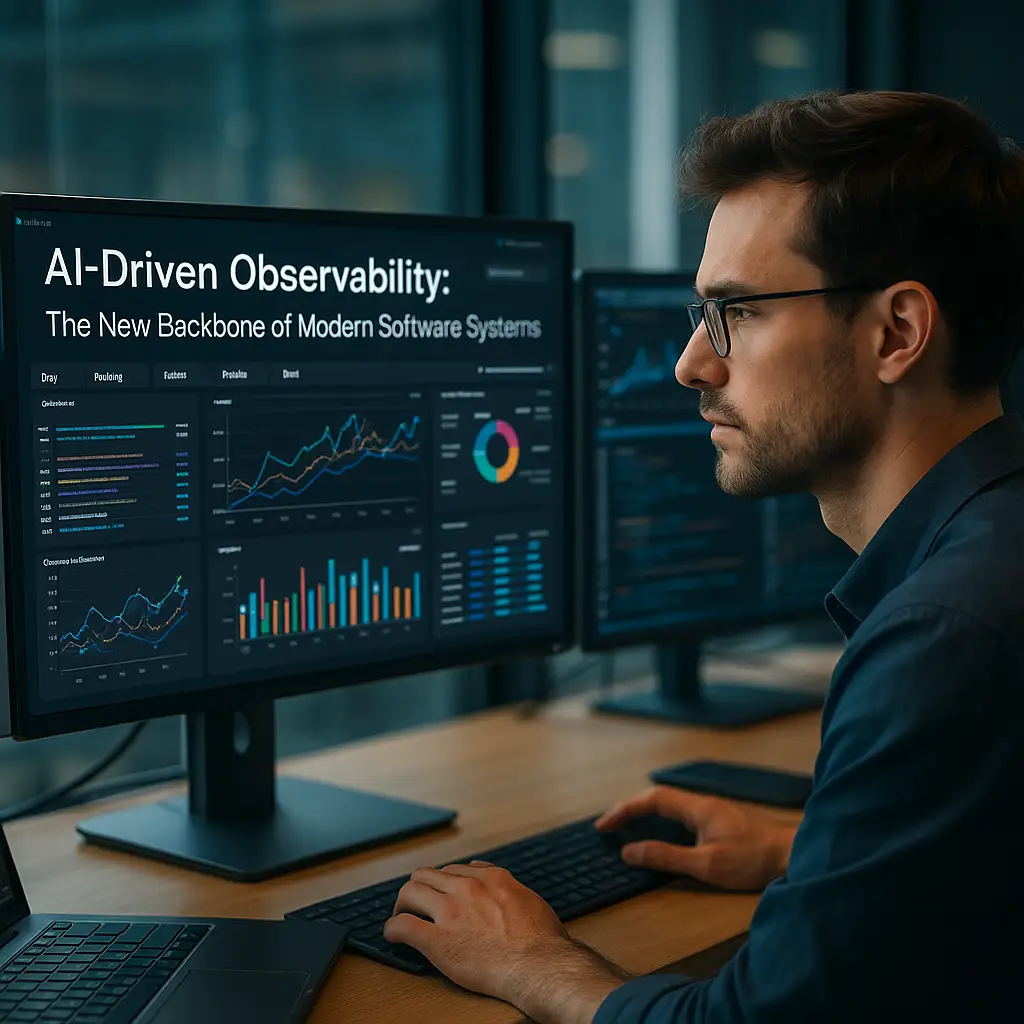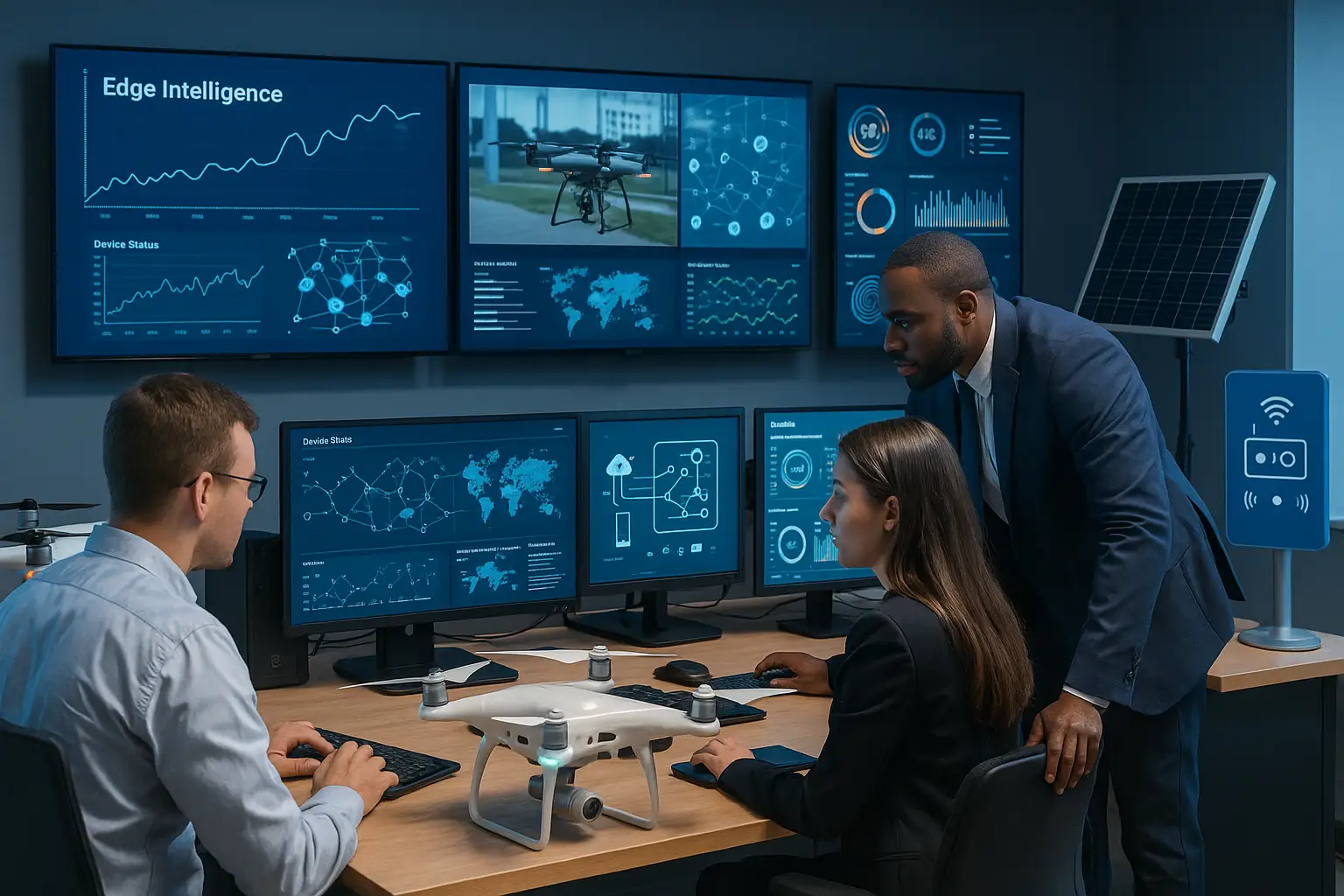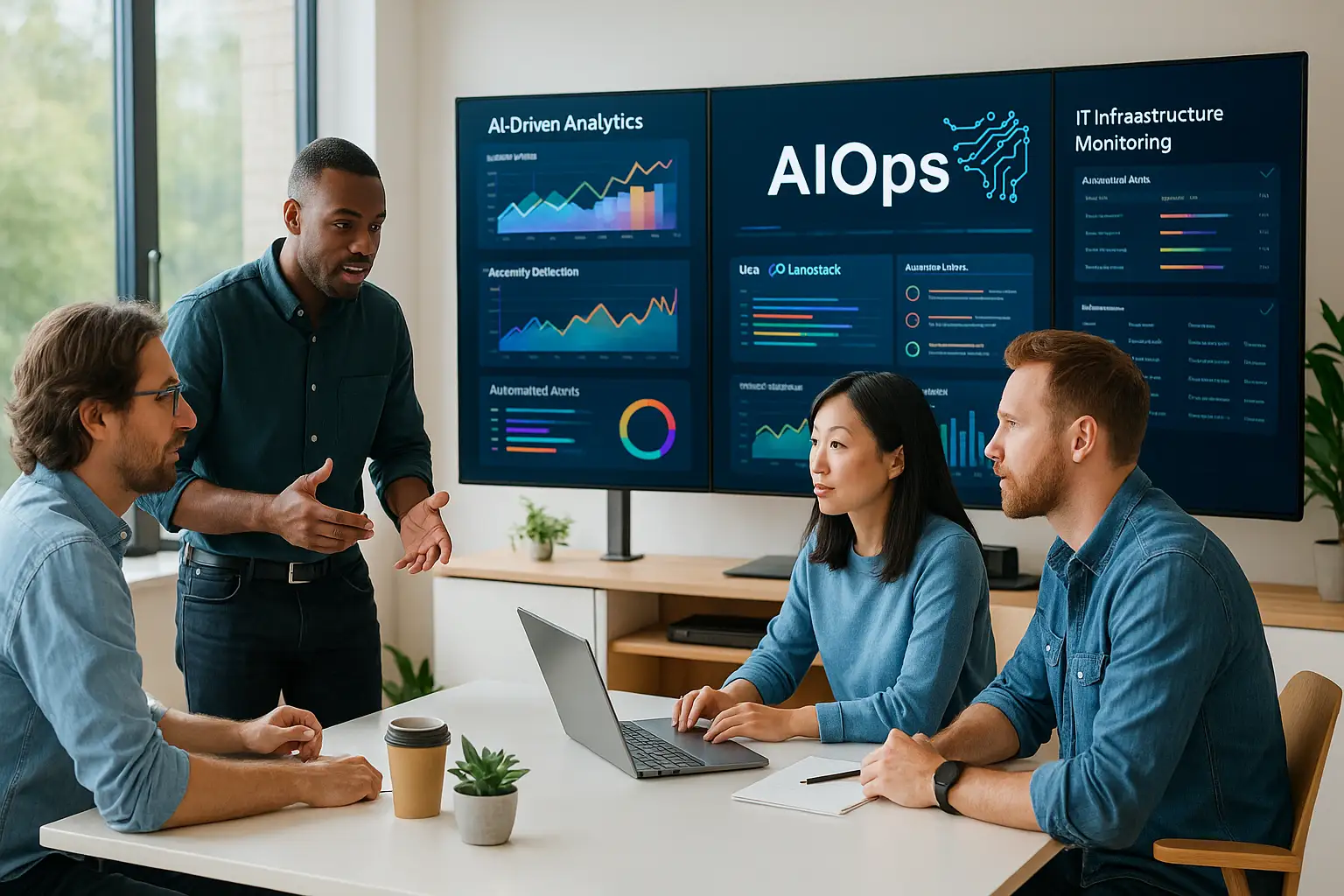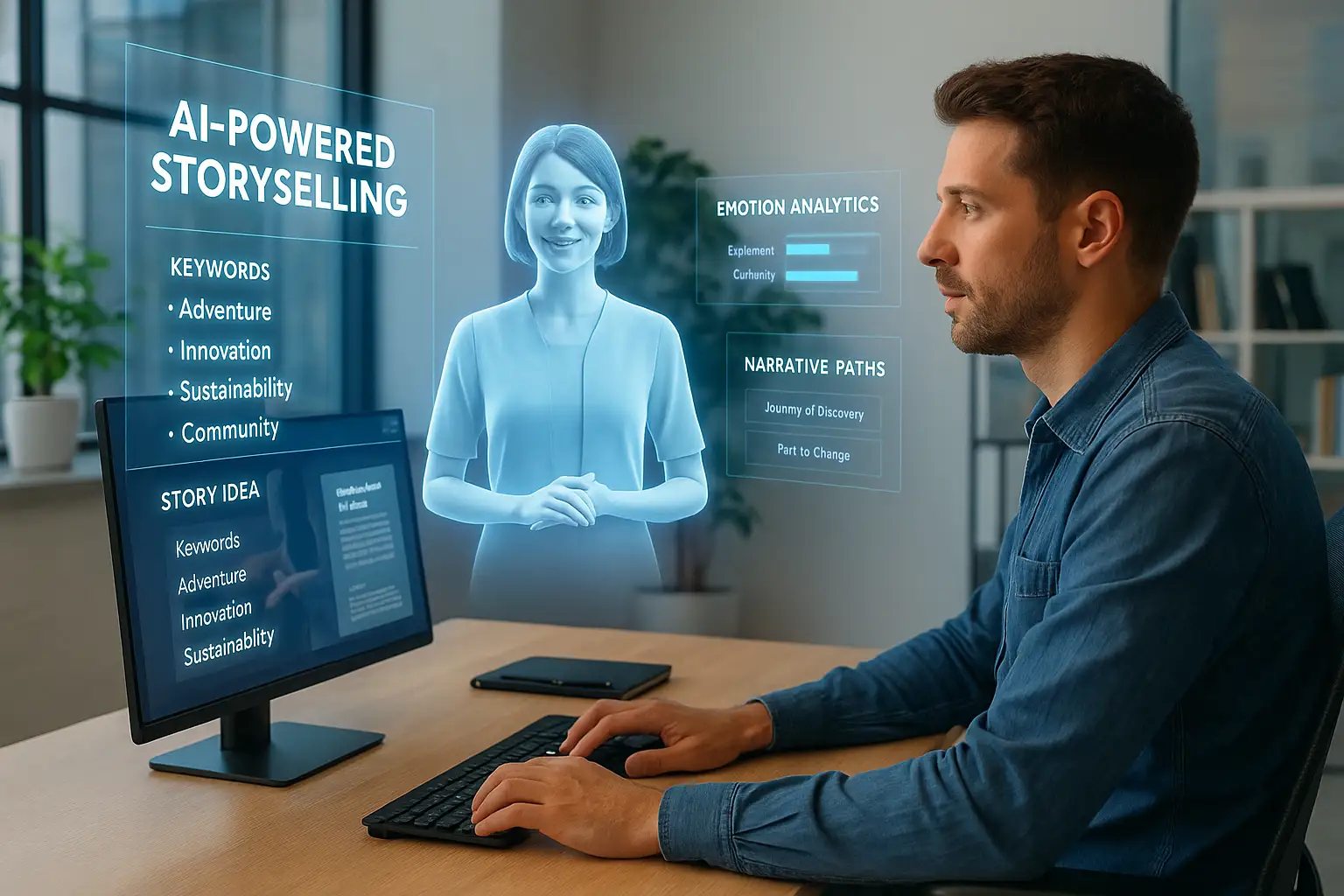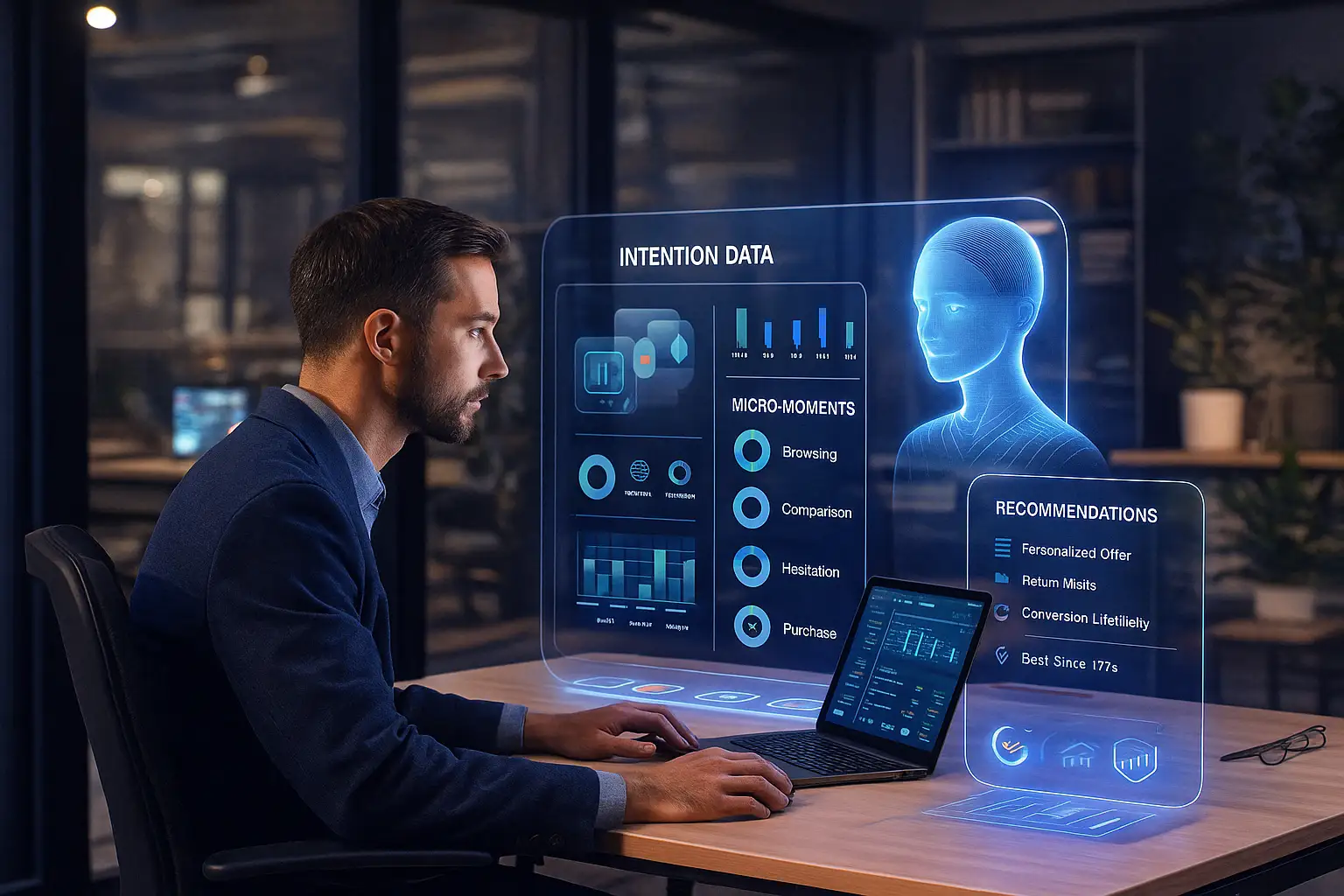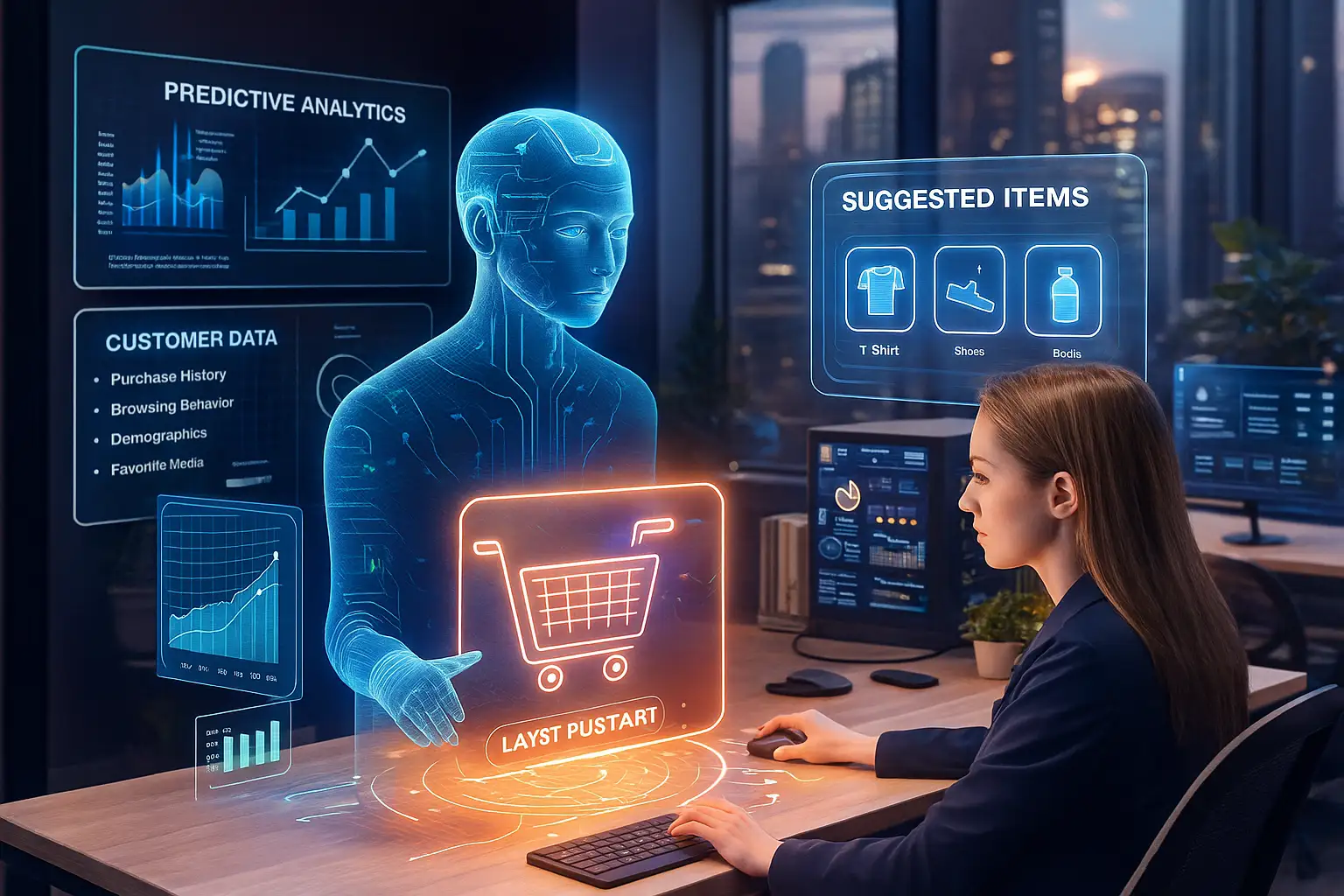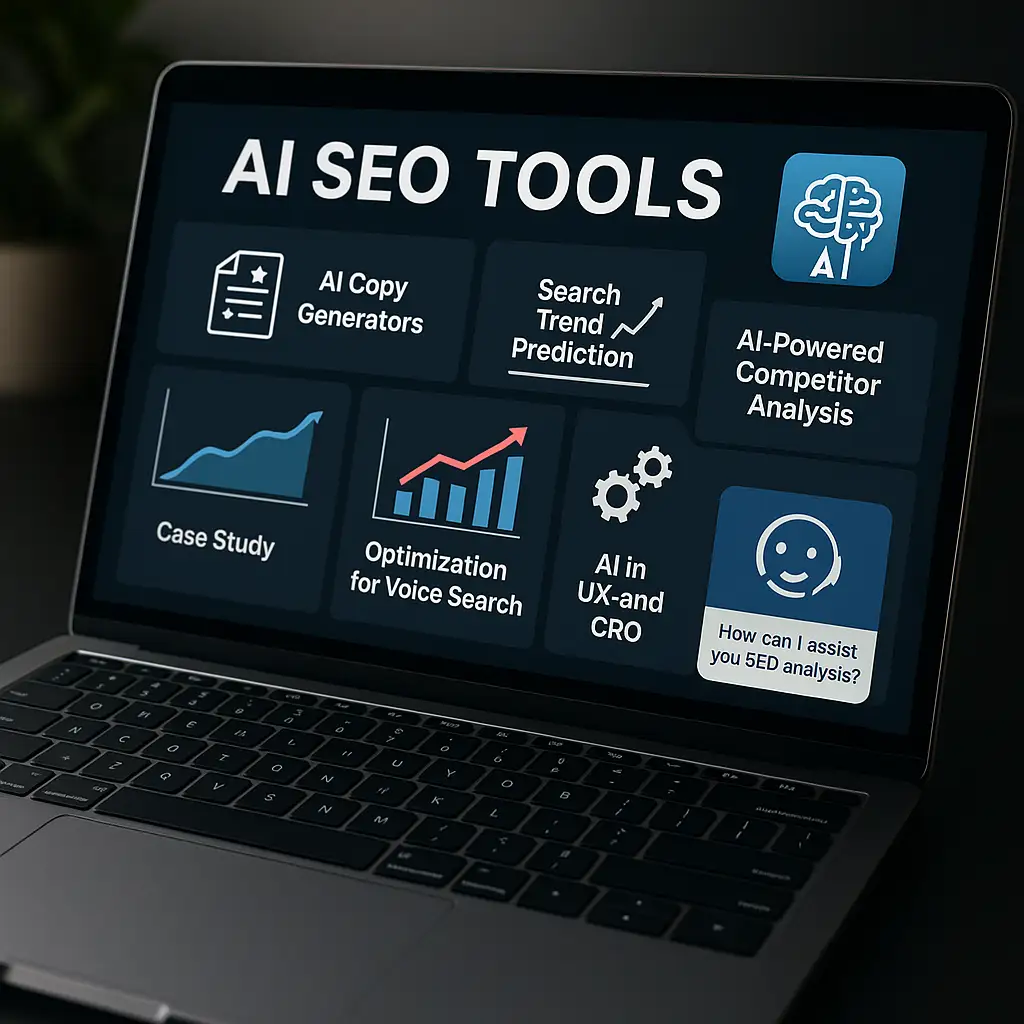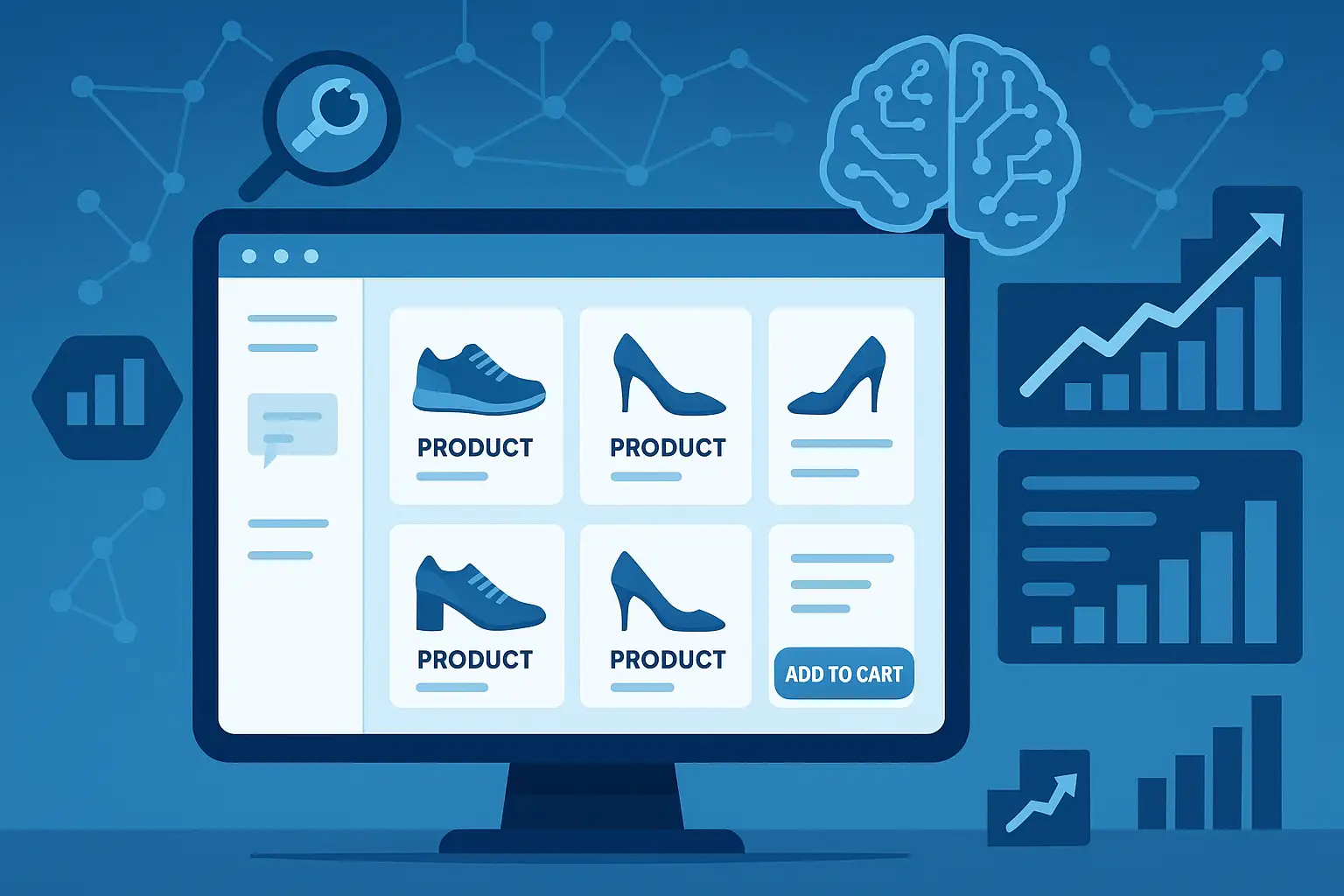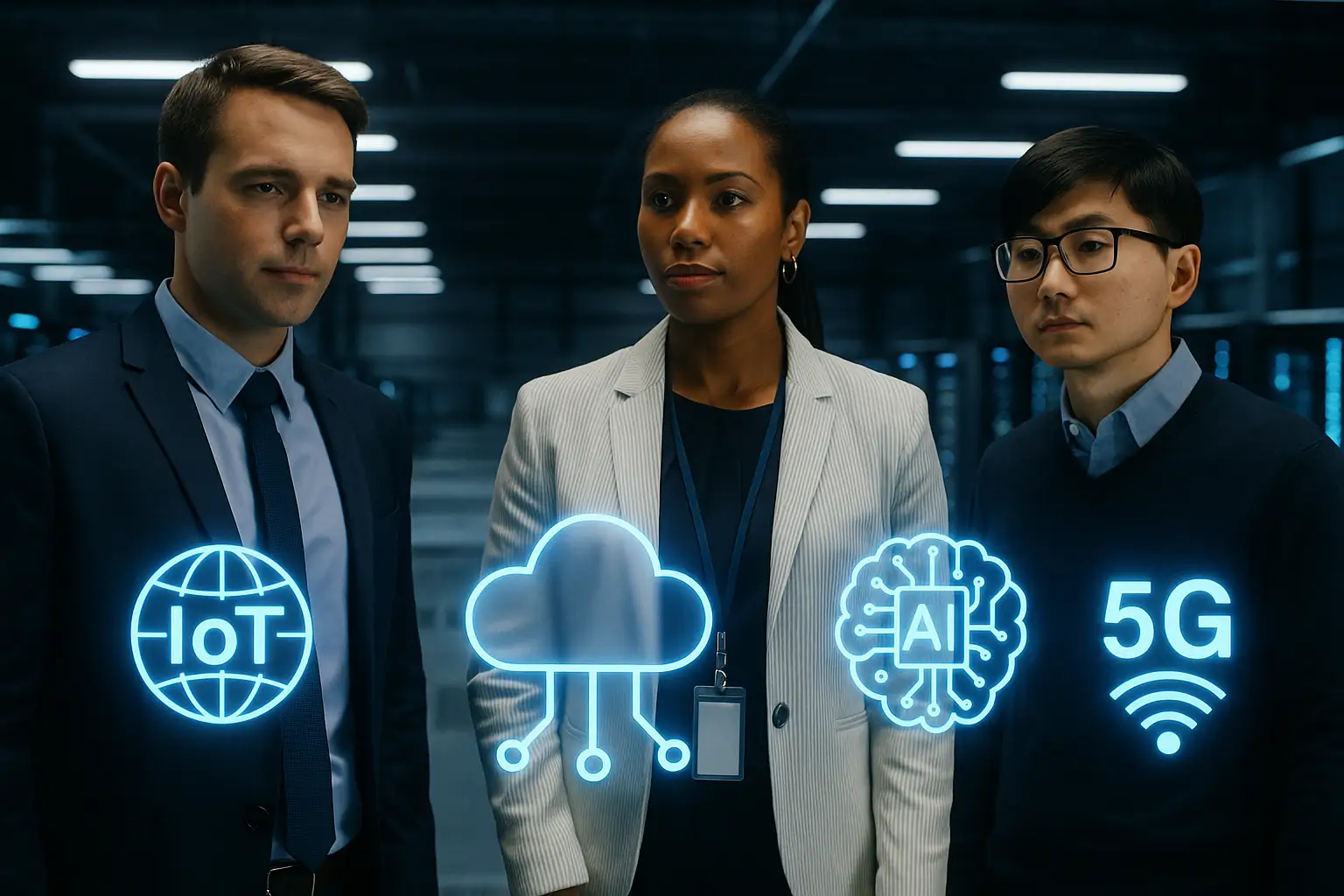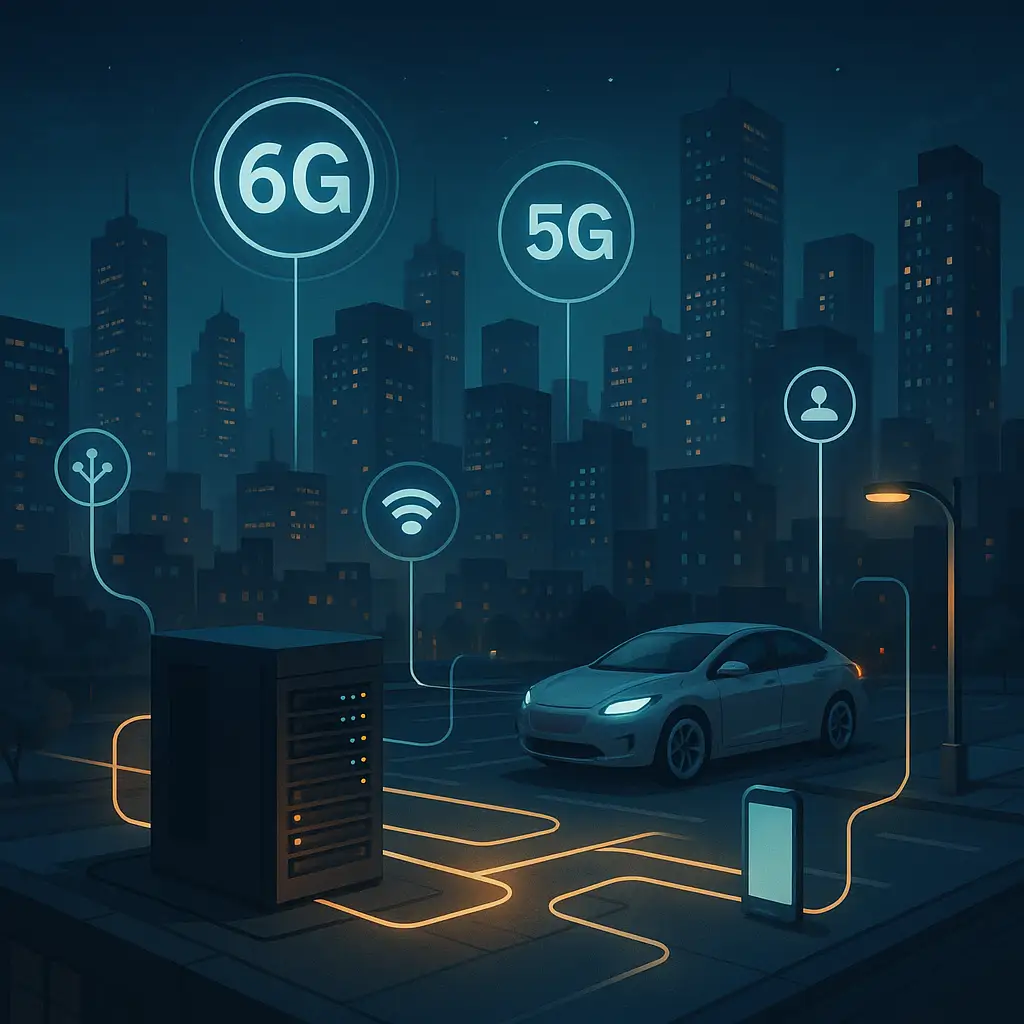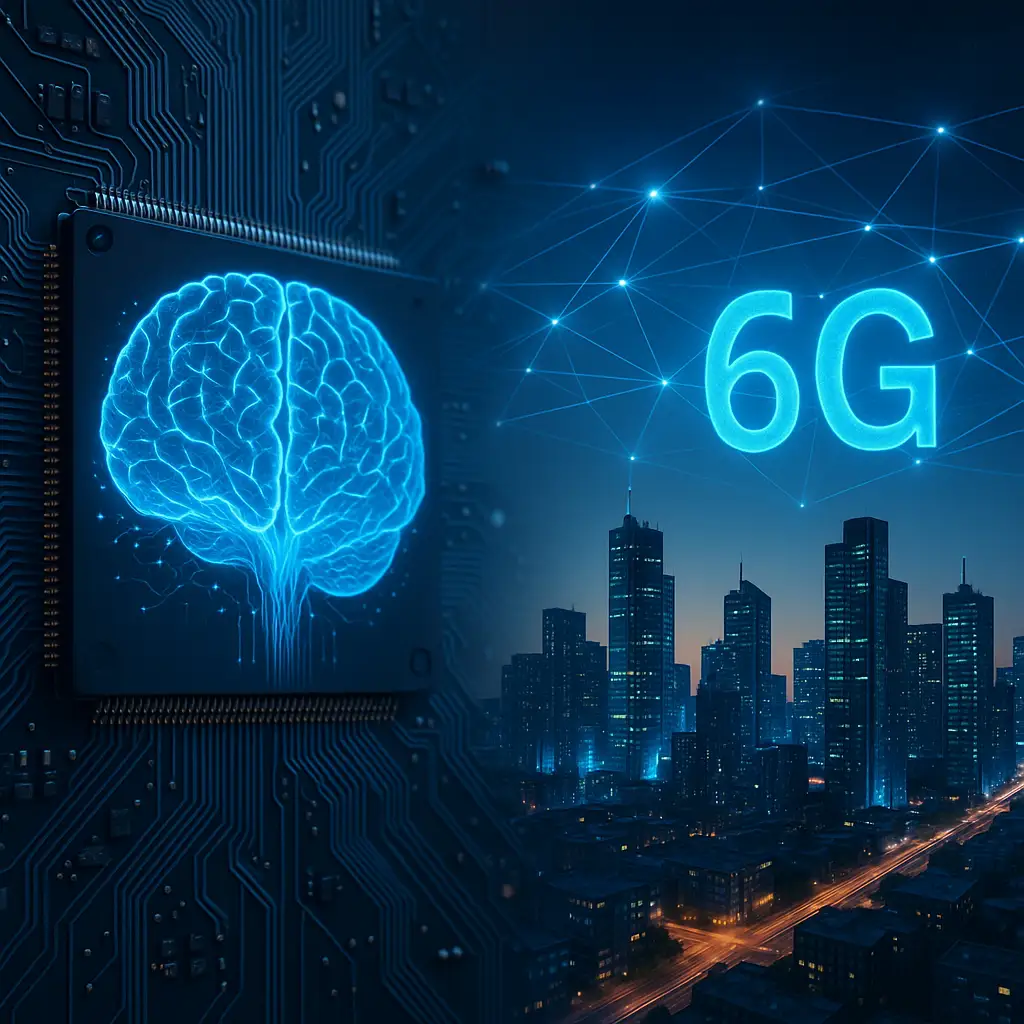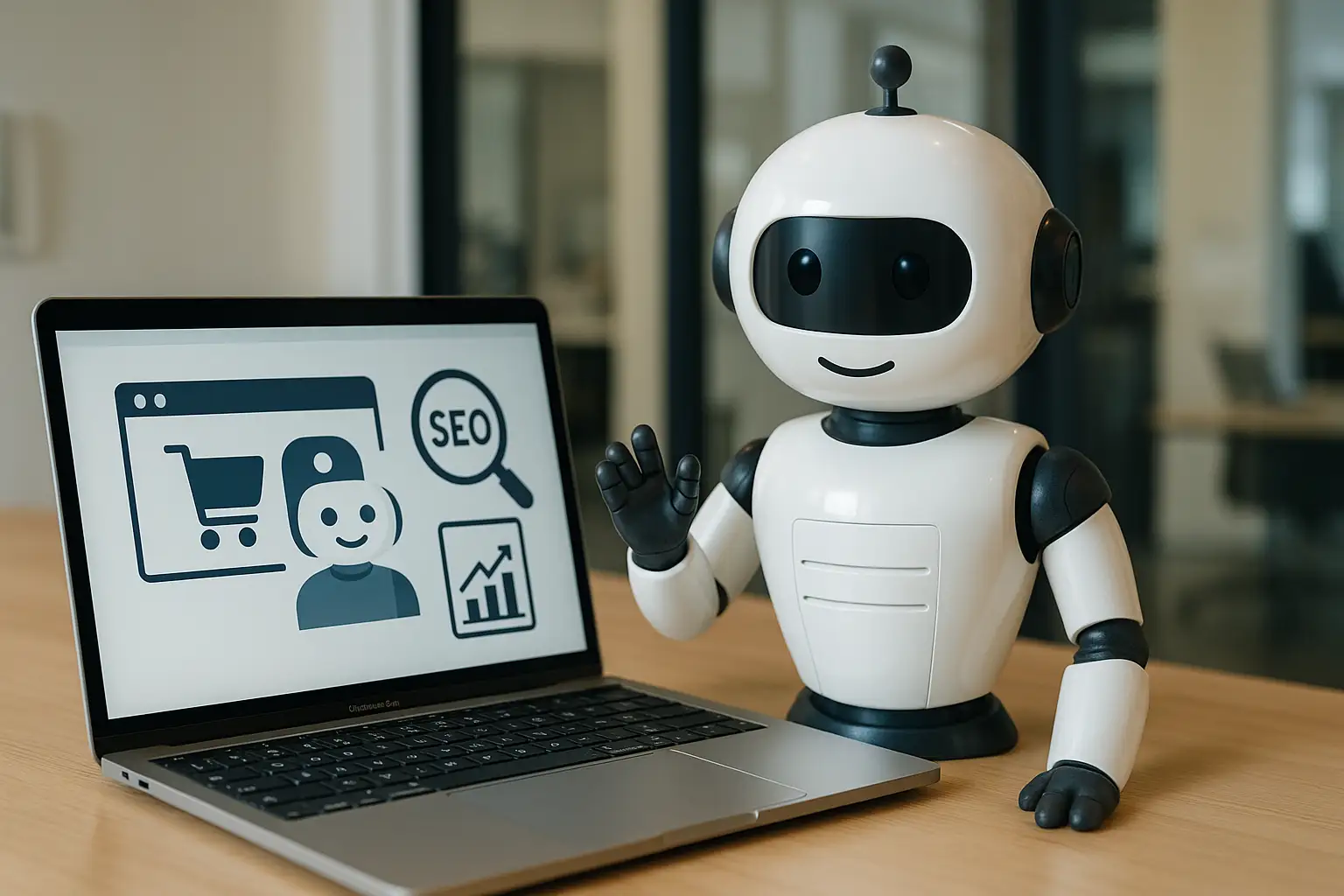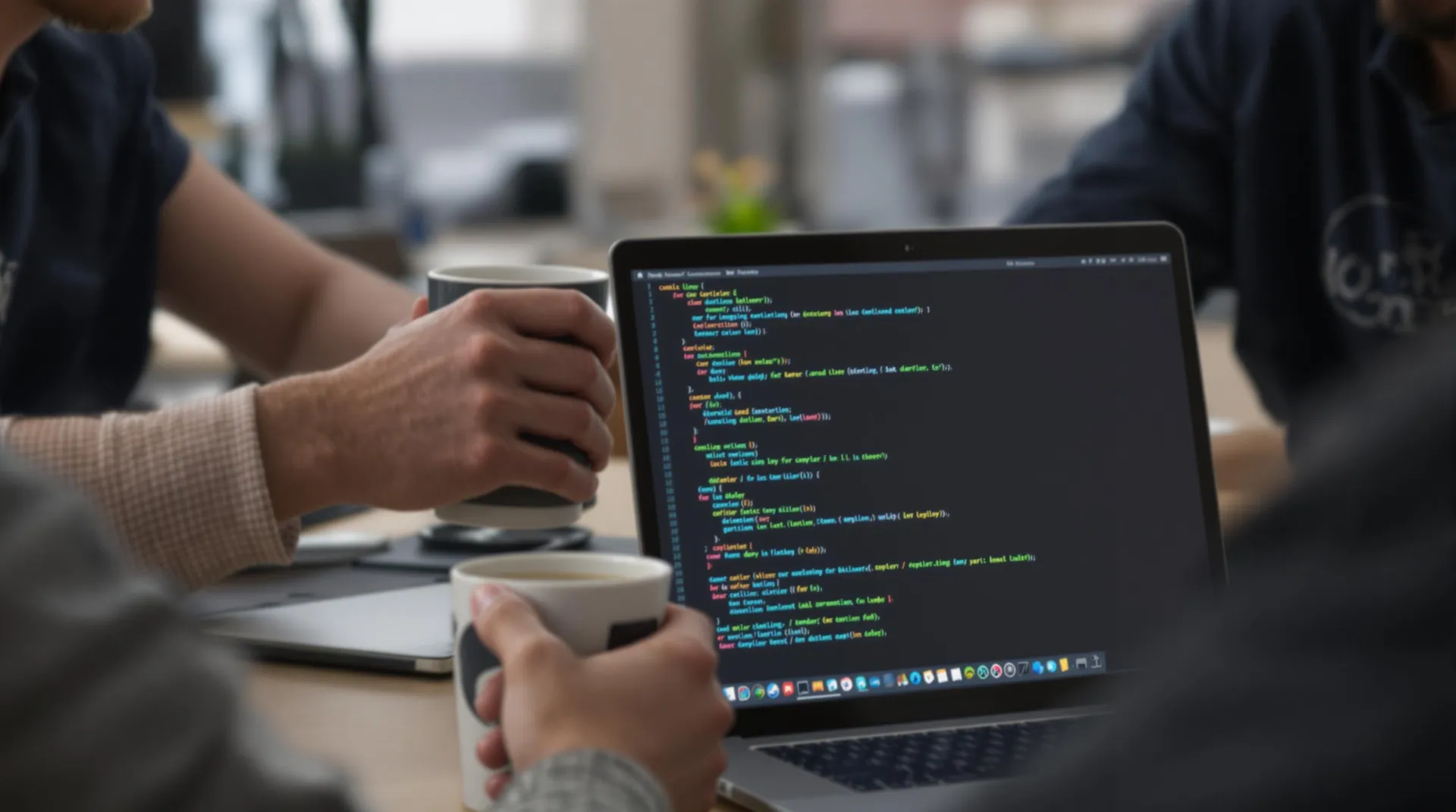AI Observability in Production: Monitoring, Anomaly Detection, and Feedback Loops for Smart Applicat
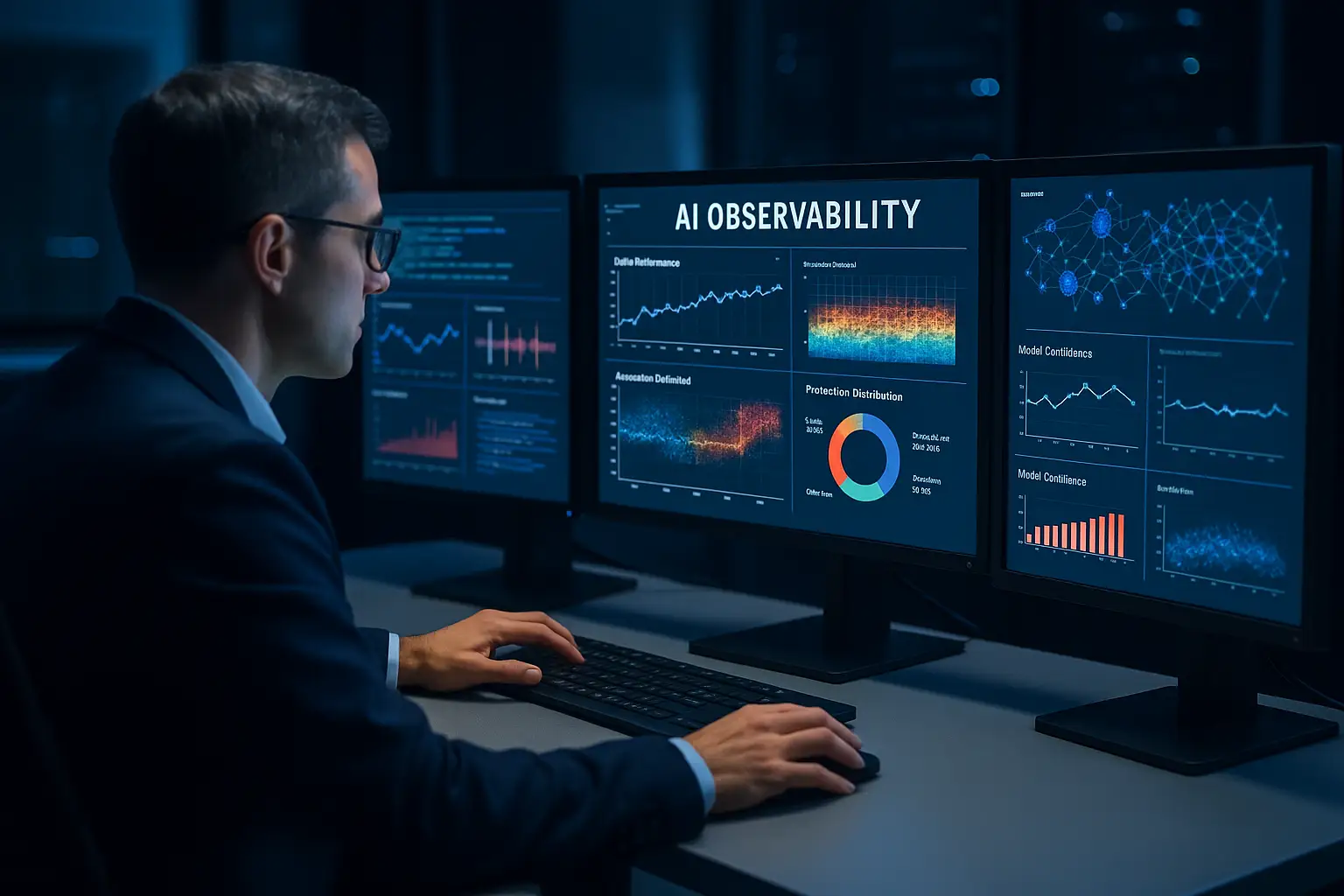
AI Observability in Production: Monitoring, Anomaly Detection, and Feedback Loops for Smart Applications
1. Introduction
AI has left the lab.
Machine learning models now power real-time decisions in marketplaces, fintech apps, logistics platforms, and personalization systems. But once deployed, AI behaves differently — data changes, user behavior evolves, and unseen variables creep in.
Unlike traditional software, AI systems don’t have binary logic. They operate probabilistically, meaning even small data shifts can lead to silent errors.
The question is no longer “Can we build AI?” but “Can we trust it in production?”
That’s where AI observability comes into play — the new frontier in MLOps and DevOps engineering.
2. What Is AI Observability?
AI observability refers to the ability to understand, monitor, and diagnose AI behavior in production environments.
It combines traditional observability practices (logs, metrics, traces) with machine learning–specific data such as:
- model predictions and confidence levels,
- input data distributions,
- performance drift over time,
- explainability metrics, and
- user feedback loops.
In short: while DevOps observability tells you what happened, AI observability tells you why the model did it.
3. Why AI in Production Fails Without Observability
1. Data Drift
Models are trained on historical data, but real-world data constantly changes. When input distributions shift, predictions become unreliable — sometimes without any visible error message.
2. Concept Drift
Even if input data looks the same, relationships within it can change. A recommendation engine that worked last month may perform worse when user preferences evolve.
3. Black-Box Decisions
Without visibility into how a model arrives at a decision, debugging and accountability become impossible.
4. Ethical and Legal Risks
Biases in AI can emerge or worsen over time, creating compliance and fairness issues that go unnoticed without monitoring.
4. Core Components of AI Observability
A. Data Monitoring
Continuous tracking of input and output data distributions ensures that data quality remains consistent.
Tools like WhyLabs or Evidently AI can automatically detect anomalies or missing features in real time.
B. Model Performance Metrics
Accuracy, precision, recall, and F1 scores are no longer enough. In production, you also monitor:
- Latency (inference time),
- Throughput,
- Confidence calibration,
- Prediction stability over time.
C. Drift Detection
Statistical methods (e.g., KL Divergence, PSI) help compare live data with training data to detect drift before it impacts users.
D. Explainability and Transparency
Using frameworks like SHAP, LIME, or Captum, teams can understand why a model made a decision — crucial for debugging and compliance.
E. Feedback Loops
Collecting real-world feedback (user corrections, click behavior, satisfaction ratings) allows models to self-correct and improve continuously.
5. Tools and Platforms for AI Observability
Modern AI ecosystems offer both open-source and enterprise-grade observability tools.
Open Source:
- Evidently AI – Drift detection and data visualization.
- Arize AI – Model monitoring and embedding analysis.
- WhyLabs – Automated data observability with Python integration.
- Weights & Biases – Experiment tracking and live model dashboards.
Enterprise Solutions:
- Fiddler AI, Arthur, Datadog ML, Amazon SageMaker Model Monitor – Complete platforms for ML observability, alerting, and governance.
6. Architecture of an Observable AI System
A robust AI observability pipeline includes:
- Data Pipeline Observability – Track every transformation from raw input to model-ready data.
- Model Observability Layer – Log predictions, confidence levels, and versioning info.
- Monitoring and Alerting – Detect anomalies, outliers, and latency issues.
- Feedback Integration – Capture user outcomes and feed them back for retraining.
- Visualization Dashboards – Aggregate insights into actionable, real-time analytics.
These layers work together to ensure that when something breaks — whether it’s data, logic, or infrastructure — engineers can detect and fix it fast.
7. Case Study: AI Observability in a Marketplace Platform
Imagine a marketplace that uses machine learning for dynamic pricing.
Initially, the model performs well, optimizing prices across thousands of listings. But over time:
- new vendors join,
- product categories expand,
- and user behavior shifts due to seasonality.
Without observability, the model starts producing inaccurate predictions — some items overpriced, others underpriced.
With observability in place:
- Drift detection triggers alerts when data patterns shift,
- Feedback loops collect vendor responses (“too expensive”/“too cheap”),
- Automated retraining updates the model weekly,
- Explainability tools identify that changes in “vendor rating” influenced errors.
Result: pricing remains adaptive, transparent, and profitable.
8. Beyond Monitoring: AI Governance and Ethics
Observability also ties into AI governance — ensuring responsible, fair, and explainable use of algorithms.
A good observability setup can help detect:
- Bias propagation – unfair model treatment of specific groups.
- Unintended correlations – e.g., models predicting income from ZIP codes.
- Regulatory breaches – noncompliance with GDPR or upcoming EU AI Act.
Thus, observability is not just a technical feature — it’s a trust layer for ethical AI.
9. Implementing AI Observability Step by Step
- Start small – pick one critical model and instrument it for monitoring.
- Collect the right signals – accuracy alone isn’t enough; log inputs, outputs, and confidence levels.
- Visualize metrics – dashboards give context, not just numbers.
- Automate alerts – detect drift or anomalies proactively.
- Integrate feedback loops – learn from real-world corrections and user behavior.
- Iterate – continuously refine both model and monitoring pipelines.
The goal is to make observability part of the MLOps lifecycle, not an afterthought.
10. The Future of AI Observability
By 2030, observability systems will be self-adaptive — automatically diagnosing model failures and initiating retraining cycles.
AI will monitor AI:
- detecting anomalies autonomously,
- explaining its own decisions,
- and maintaining ethical boundaries through embedded governance rules.
In a world of autonomous systems, trust will be the new uptime, and observability will be the foundation of that trust.
Conclusion
AI observability is becoming as critical to machine learning as testing is to traditional software.
It ensures not just that models run — but that they run right.
For companies deploying AI-driven applications or marketplaces, observability means:
- fewer failures,
- faster iterations,
- and more confidence in decisions that shape user experience.
As AI continues to evolve, one truth becomes clear: the smarter the system, the greater the need to observe it.


